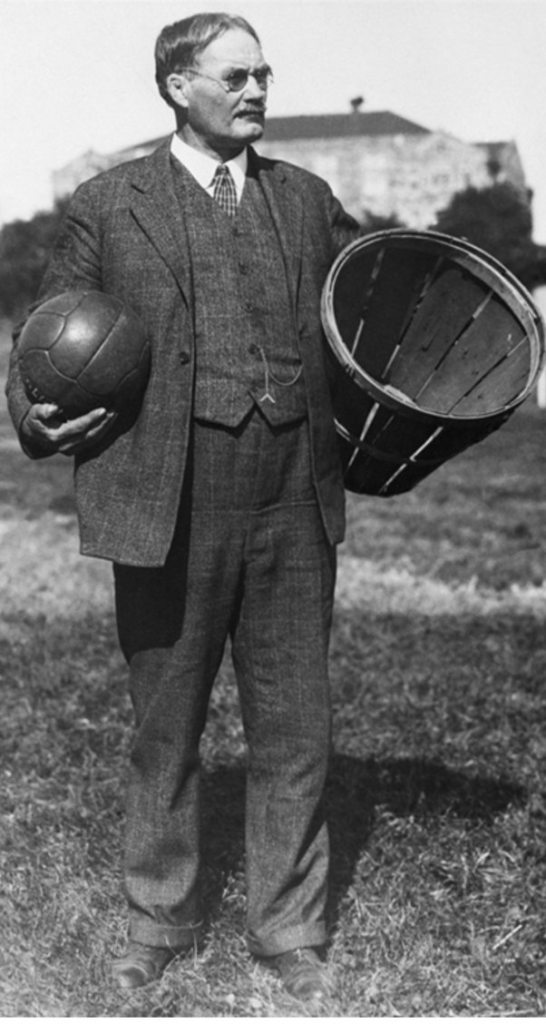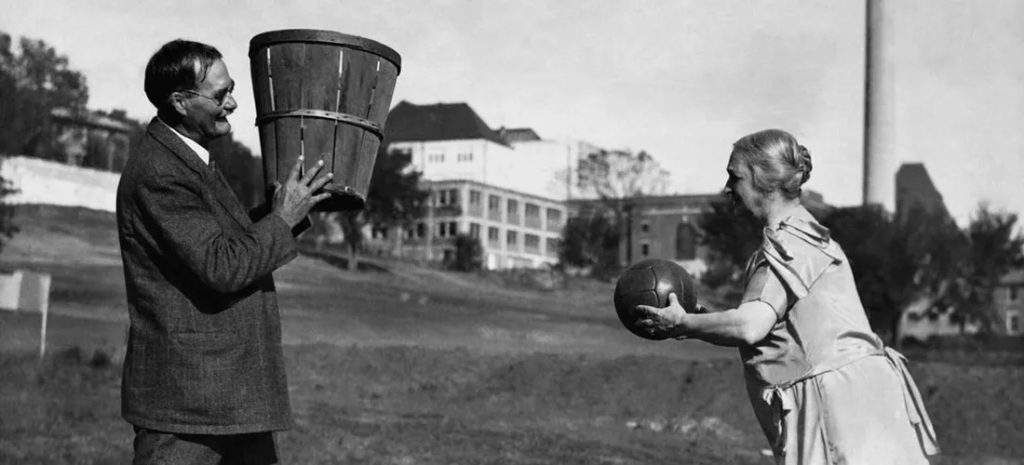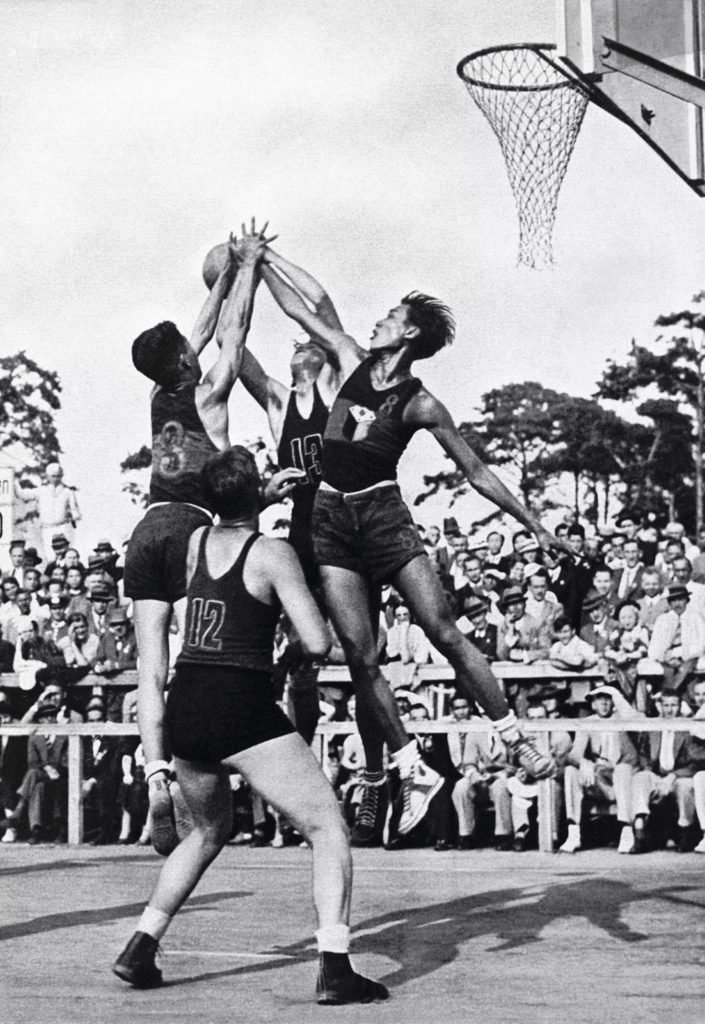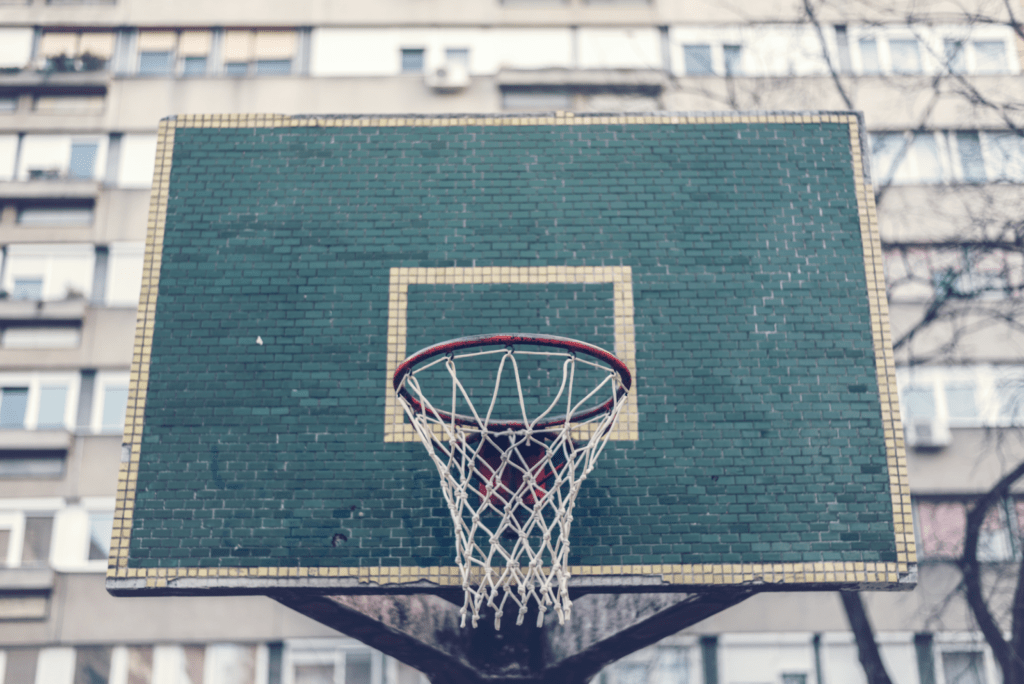The evolution and history of the basketball hoop are one of the favorite topics of basketball lovers. Since the invention of the basketball game, basketball hoops have gained a lot of importance. The invention of the basketball hoop is a very interesting story. If you are a true basketball fan, you must know about the origin and evolution of Hoops Through the Years. In this article, keep reading to discover the Evolution and history of the basketball hoop.
What is a basketball hoop?

Having the knowledge of the basketball hoop is important before moving towards the evolution and history of the basketball hoop hoop can be something that has a circle or ring-like shape. In basketball, it is a horizontal circular metal hoop with a net through which players attempt to toss the ball and earn points. Now let us discover the evolution and history of the basketball hoop.
You may be interested in:
The Basketball Hoop: A History
The history of the Basketball Hoop is very interesting. Let us know about the early basketball hoops and much more.
Inventor of the basketball hoop

When we talk about the evolution and history of basketball hoops, the conversation will start with the name of James Naismith. He developed the first basketball hoop. He invented the basketball hoop in 1891 at the YMCA training school. He worked at the YMCA at the time and invented the first model.
The Original Basketball Hoop

Material: A Peach Basket

The very first basketball hoop was very different from the one we have now. Naismith hung a fruit basket on the elevated track, about 10 feet above ground. On December 21, 1891, this homemade hoop heralded the start of a new game. Every time someone played the game and a ball went in, they had to retrieve it after scoring because there was no hole in the basket. There were no nets or baskets constructed for basketball.
The first official basketball hoop
In 1895, they introduced the first official basketball hoop. Constructed of iron, it had a closed bottom with a net attached to the rim. The rim was 18 inches in diameter, and the backboard measured 6 feet wide by 4 feet high. The designers intended the initial basketball hoop to be strong and durable enough to endure the rigorous play of basketball.
Evolution of the Basketball Hoop Timeline
The evolution and history of the basketball hoop is very rich. The growth of the basketball hoop paralleled that of the game itself. Let us have a look at different eras:
Peach Basket Era (1891–1893)

The original basketball hoop (the James Naismith basketball hoop) was a basic peach basket. However, retrieving the ball became time-consuming, disrupting the game’s rhythm.
Metal Rim and Backboard (1893–1936)

To remedy the interruption, Naismith replaced the peach basket with a metal rim and net in 1893. It was a huge advance, but it wasn’t until 1912 that the net became wide at the bottom, allowing the ball to fall through.
Standardized Hoop (1936–1975)

Officials standardized the hoop’s diameter at 18 inches and fixed the backboard size. These adjustments occurred simultaneously with basketball’s entry into the Olympic Games in 1936.
Modern Hoop (1975-2019)

When players like Shaquille O’Neal and David Thompson entered the league, hoops got stronger and tougher. In 1975, they added breakaway rims to prevent the backboard from shattering. Lifetime designed the first basketball hoop with adjustable height in 1986.
Huupe (2019-Present)

Keeping in mind the evolution and history of a basketball hoop, the house was invented in 2019. The house propelled the evolution of the basketball hoop forward. Huupe is the first smart basketball hoop. It offers NBA-level exercises, on-demand training, live mentoring, data tracking, and more.
Basketball hoop types
Basketball hoop has many types few are explained below:
1. Portable basketball hoop

A portable hoop has a base stabilized with water or sand and is smaller. Its smaller backboards allow for easier movement when empty, but it is not as sturdy as permanent goals. Portable goals that are not correctly weighted can tip over, inflicting harm or injury to players. Despite this, they can offer a cost-effective option until placing a permanent goal.
2. Semi-Portable In-Ground

A semi-portable in-ground hoop anchors into the ground with cement and bolts the post to it. This exceptional solidity allows you to relocate the goal as needed. These goals offer lasting durability and great stability. This is thanks to a smart, proven design. The anchor systems for semi-portable hoops are strong while leaving a tiny footprint.
3. Permanent In-Ground Basketball Hoop

In-ground basketball hoops are very stable for vigorous play. They are a permanent fixture for serious players. These hoops often have a glass backboard. They give a truer bounce for rebounds. They are for players who want pro-level play in their yards.
4. Mounted Basketball Hoop

Basketball hoops mounted on existing buildings, such as exterior walls or garages, save room. They can withstand intense play but lack portability, making them perfect for individuals with limited room. Mounted hoops save room and give a convenient option to play hoops without the need for a specific area.
5. Pool Basketball Hoops

If it’s too hot to play basketball in the summer, this could be your hoop. You can install pool hoops by a pool, and they are similar to standard hoops. This allows people to play basketball while swimming in a pool.
Basketball Hoop/Basketball Goal: Are these the same or different?
Basketball goal and basketball hoop are two terms that are sometimes used interchangeably. Our customers frequently ask us what the difference is between basketball hoops and basketball goals. When it comes to shopping for sporting equipment, it helps to understand the lingo. Technically, the goal or hoop is the orange rim on the backboard. But, the terms are commonly used to refer to the entire set that makes up a basketball system.
Basketball hoops that the NBA uses?

Our research on the evolution and history of basketball hoops reveals that the formation of the NBA occurred more than 50 years after the invention of basketball. So, the type of hoops they use must have been changed a lot. NBA basketball rims out of high-tensile carbon steel. The basketball hoop, also known as the ring, consists of a solid steel rod with a diameter of 5/8″. This rod shapes into an 18-inch-wide ring on the interior known as ID (inside diameter).
What size is the NBA basketball hoop?
Official NBA-sized basketball hoops have a diameter of 18 inches (46 cm).
What does it mean to hoop basketball?
In basketball, hooping is the procedure of scoring a point or a basket by throwing the basketball through the rim attached to the backboard.
Can a player touch the basketball hoop?
Active players should refrain from touching the ball or the basket ring while it is seated or rolling on the ring. They should not use the basket ring as a lower base or hang on the rim while passing through.
Conclusion
The evolution and history of the basketball hoop are full of creativity. While the original basketball hoop has undergone major evolution, its essence still exists. From the first peach basket to the modern netted hoop, each version has made the game easier, quicker, and more fun.